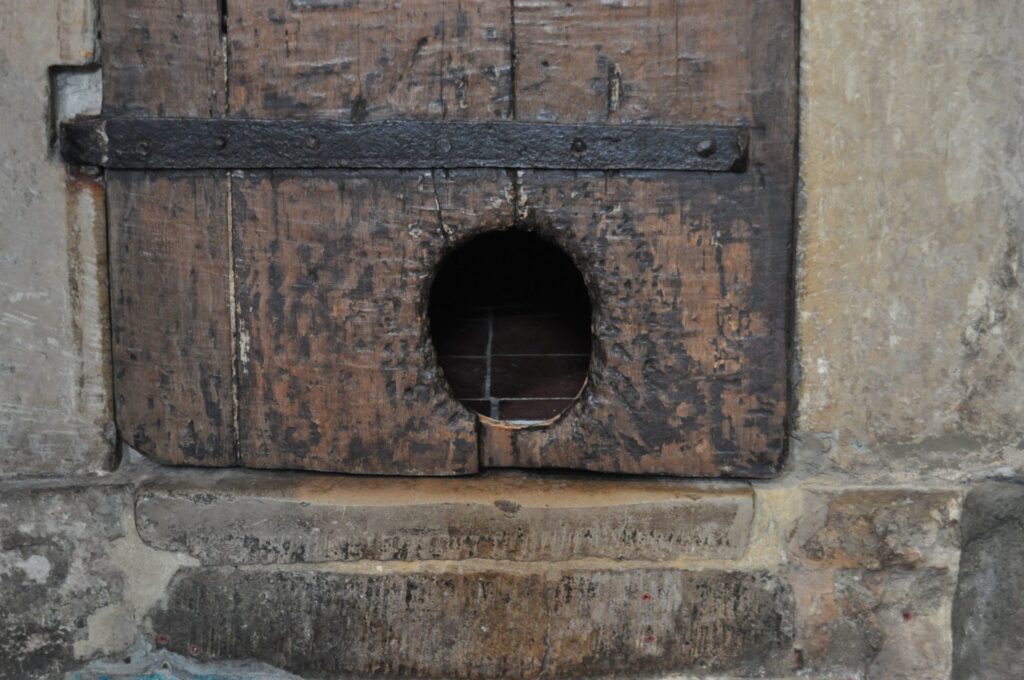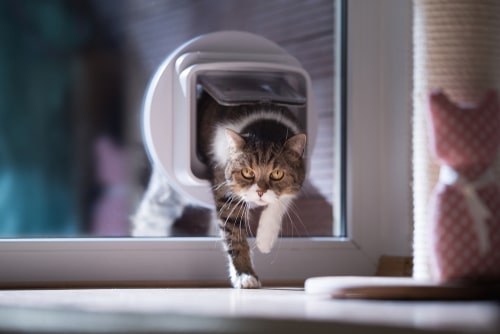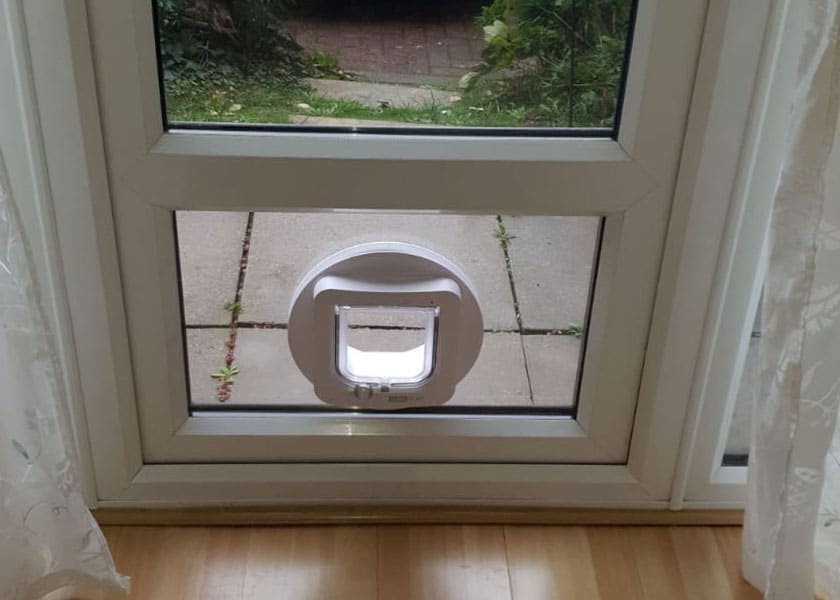The Evolution of Cat Flaps: From Wooden Doors to Windows
Call Us On: 01702 346304Cat lovers understand the importance of providing easy access for their feline friends while keeping unwanted animals out. This is where cat flaps come into play, offering a convenient solution that allows cats to move freely between the indoors and outdoors. Over the years, cat flap technology has evolved significantly, transitioning from simple wooden doors to modern solutions that integrate seamlessly with windows. Consider the history of cat flaps and cat flap security with us as we guide you through the evolution of these devices.
Early Cat Flap Designs
The history of cat flaps and their design starts with the moment that pet owners recognised the need to create a dedicated entrance for their beloved feline companions. These initial solutions involved incorporating small cutouts in basic wooden doors to accommodate the size of cats. While these early cat doors fulfilled their primary function of granting easy access to cats, they were not without their limitations. The wooden doors proved vulnerable to weather damage, which could compromise their durability and any cat flap security provided.

The simplicity that came from the evolution of cat flaps often meant that other animals, such as curious squirrels or stray dogs, could also make their way through the flap, defeating the purpose of restricting access exclusively to cats.
Mechanical Innovations
As time went on, mechanical innovations were introduced to enhance the evolution of cat flap functionality and the convenience of cat flap installation. Hinged doors became a popular addition, allowing cats to push the flap open easily with their nose or paws. Spring-loaded flaps also made an appearance, providing a self-closing mechanism that prevented drafts and minimised heat loss from the house. These advancements offered improved control, insulation, and cat flap security, making cat doors more efficient.

Electronic and Microchip Cat Flaps
The introduction of electronic and microchip cat flaps marked a significant advancement in pet access control. Electronic or smart cat flap products incorporate sensors that can detect when a pet is in proximity and automatically unlock to allow authorised cats to pass through. This technology eliminates the need for physical intervention from the pet owner and provides a seamless and convenient entry for the cat.
Microchip cat doors take advantage of the unique identification microchip implanted in the cat. The smart cat flap scanner reads the microchip, granting access only to cats with registered and recognised microchips. This innovation effectively prevents intrusions from other animals, ensuring that only your pet can enter the house.
Many new versions of cat flap technology are crafted using glazing materials that are typically used for windows. This means that double glazing cat flap designs are particularly useful for owners of domestic or commercial glazing. Most modern cat doors mimic windows so can be integrated into existing glazing with the help of an expert.
Energy Efficiency and Security
Modern cat flap technology have prioritised energy efficiency and security. Recognising the importance of maintaining a comfortable and sustainable environment, cat flaps now incorporate features that contribute to energy conservation. One such feature is the double-flap system, which consists of two flaps with an air pocket in between, similar to what you’d expect from glazing materials when creating windows. These double glazing cat flap designs create an extra layer of insulation, reducing heat loss and preventing drafts from entering the house during colder months.
Some designs also utilise magnetic seals to enhance energy efficiency. When the flap is not in use, the magnetic seals create an airtight barrier, effectively sealing off the opening and preventing air leakage. This feature helps to maintain the desired indoor temperature and reduces energy wastage. If your cat flap is made of glass or you have it installed in a glass door or window, it’s best to keep the contact details of a professional who can offer emergency glazing, should any damage occur.
In terms of cat flap security, modern cat doors come equipped with locking mechanisms. These mechanisms allow pet owners to control access and prevent unwanted entry into their homes.
Integration with Windows and Smart Homes
Window-mounted cat flaps have gained popularity due to their seamless integration with existing windows. These cat flaps can be installed directly into the glass, maintaining the aesthetic appeal of the home while providing easy access for cats.

Some cat flap systems are compatible with smart home technology, allowing pet owners to control access remotely through their smartphones. This integration with windows and smart homes offers unparalleled convenience and flexibility. For cat flaps made of glass, you may be able to request glass repairs from professional glaziers who also deal with cat flap installation.
Future Trends and Innovations
Looking ahead, the future of cat flap designs holds exciting possibilities. Facial recognition technology may be incorporated into cat flaps, enabling personalised access control based on the unique facial features of each cat. AI-assisted controls could provide real-time monitoring and analysis of a cat’s behaviour, offering valuable insights into their daily routines. Moreover, advanced insulation materials may be used to improve energy efficiency even further, reducing heat loss and enhancing overall sustainability.
From the humble beginnings of wooden doors with cutouts to modern window-mounted designs, cat flaps have come a long way. The evolution of cat flap technology has resulted in convenient, secure, and energy-efficient solutions for pet owners. Mechanical innovations, electronic advancements, and the integration with windows and smart homes have transformed cat flaps into sophisticated pet access systems. Some glaziers who offer double glazing repairs and cat flap installation may be called out in the case of damage to a modern double glazing cat flap.
As we gaze into the future, it’s clear that cat flap technology will continue to push boundaries, introducing concepts like facial recognition technology, AI-assisted controls, and enhanced insulation materials. Whether it’s for the safety, convenience, or energy efficiency of our feline friends, cat flaps have truly evolved to meet the needs of both cats and their owners.
Registered Office: Montrose Glass, Suite 8, Weston Chambers, Weston Road, Southend on Sea, Essex, SS1 1AT. Registered in the UK: 07910895